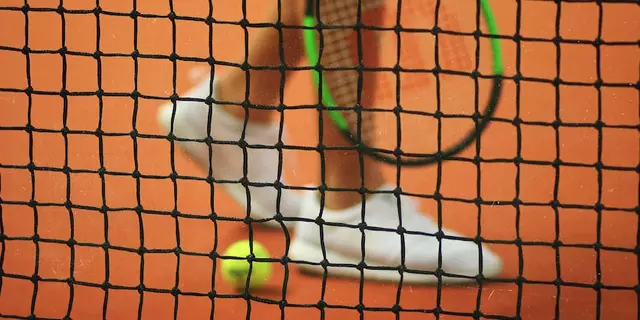Bending Techniques in Tennis: Boost Your Spin and Power
Ever wondered why the pros can make the ball dip, spin, and still hit deep? It’s all about bending the racquet face at the right moment. Bending isn’t magic – it’s a controlled tilt that changes the ball’s trajectory and adds spin. When you get the feel for it, your forehand, backhand, and serve all get a noticeable lift in power and control.
Why Bending Matters on the Court
Bending the strings changes how the ball leaves the racquet. A slight forward tilt gives you topspin, which makes the ball drop quicker after it clears the net. That extra spin helps keep the ball inside the lines even when you hit hard. A backward tilt creates slice, sending the ball low and skidding off the bounce. Knowing when to bend lets you attack, defend, or change pace without overthinking each swing.
Most beginners keep the racquet face flat, which limits spin and makes shots predictable. A small adjustment – just a few degrees – can turn a flat drive into a heavy topspin rally or a sneaky slice that forces your opponent to run. The key is keeping the motion smooth; jerky bends break timing and reduce accuracy.
Simple Drills to Master Bending
Start with a shadow swing: stand in front of a wall, grip your racquet, and swing as if you’re hitting a forehand. Focus on the last part of the swing – the follow‑through. Try to tilt the racket face forward just before contact. Do this slowly, then speed up. You’ll feel the wrist snap that creates spin.
Next, grab a partner or use a ball machine. Aim for a target zone on the court and ask them to feed you medium‑paced balls. Hit each ball with a deliberate forward bend for topspin. After ten reps, switch to a backward bend for slice. Notice how the ball’s bounce changes. Consistent practice builds muscle memory so the bend becomes second nature.
Don’t forget string tension. Looser strings let the racquet flex more, enhancing spin. If you’re new to bending, try a tension around 55‑60 lbs (25‑27 kg). As you get comfortable, you can tighten a bit for more control. Also, experiment with a slightly open grip – a semi‑western grip naturally encourages forward bending on forehands.
Finally, incorporate bending into your serve. As you toss the ball, let the racquet face open slightly on contact. This adds topspin to the serve, making it harder for the returner to read. A small adjustment in the wrist at the point of impact can drop the ball into the service box with extra safety.
Remember, the goal isn’t to over‑bend and lose stability. Keep the motion fluid, let the racquet do the work, and focus on placement. With a few minutes of drilling each week, you’ll see longer rallies, deeper shots, and more confidence in every stroke.

Why do tennis players bend when they are receiving serves?
Tennis players bend when receiving serves as a part of their ready stance, which is crucial for a quick and efficient response. This position lowers their center of gravity, enabling better balance, flexibility, and speed. It also allows them to spring in any direction based on the serve's trajectory. Bending the knees helps generate power for the return shot and promotes overall agility. So, the next time you watch a tennis match, notice this technique that blends strategy with physics.
Detail



